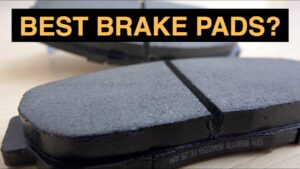Every available part of the cars is updated with many new features. It makes your ride more comfortable and safe. For instance, the drum brakes are replaced by disc brakes for instant and effective braking. Similarly, standard steering needed more work to turn the wheel, so thanks to power steering, which only requires less work and provides a quality ride.
The new systems are effective because they are hydraulically operated. A fluid medium is required for better functioning. Various power steering fluids are available in the markets, so choose the one recommended for your vehicle. If you notice your power steering fluid foaming in the tank, then there could be a malfunction in the system. This could affect the steering operation. If you experience such problems, then read this article to learn what causes them and how to fix it.
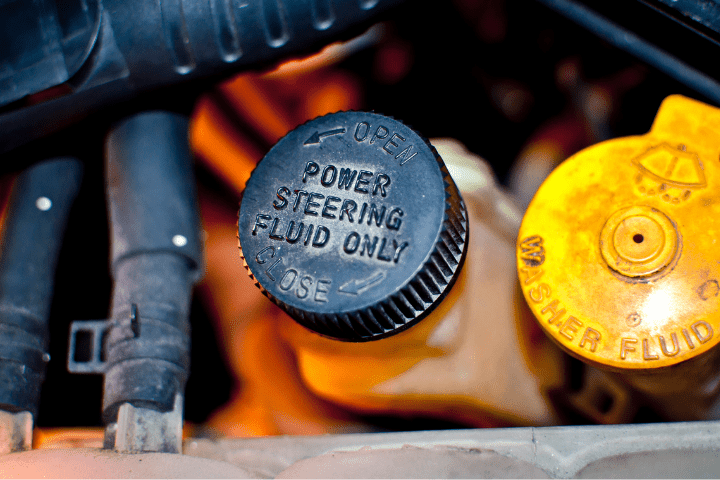
Table of Contents
How Do Power Steering Works?
There are different types of power steering, but the operation and function are almost the same. The hydraulic medium makes the work effortless for the driver and make the turns effective. The steering pump is powered by the engine, which pumps the fluid whenever required.
A chamber of fluid connects the steering rod to the system. When the steering wheel is turned, the pressure in the chamber increases, which forces the liquid to the respective pistons assembly and turns the wheel. If there is any disturbance in the system, it affects the control of steering, directly impacting the motion of the vehicle.
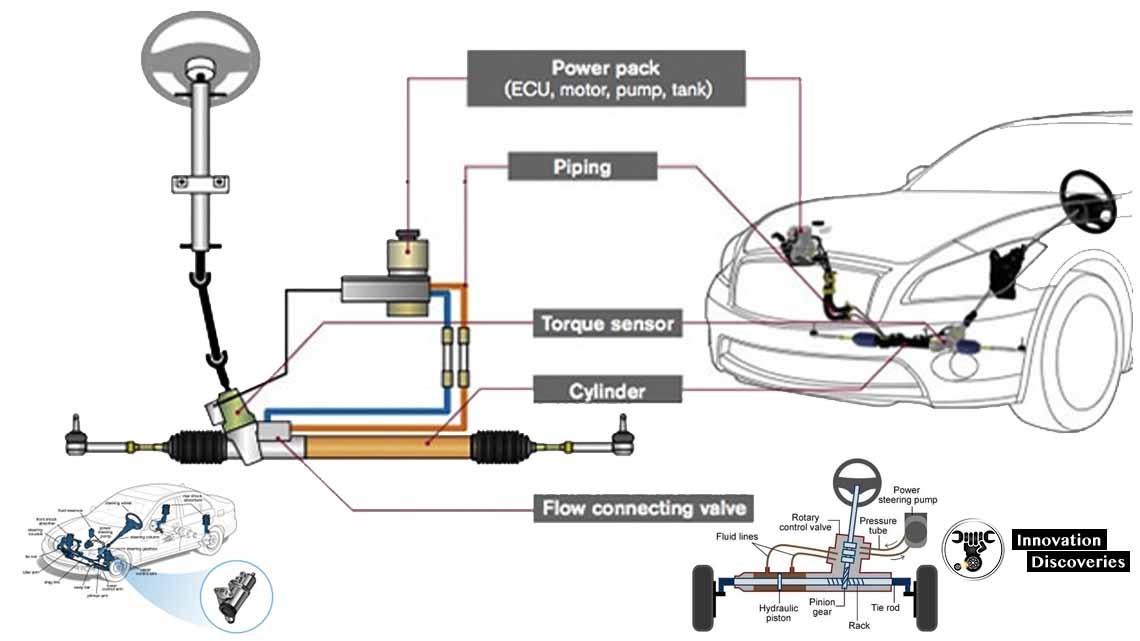
What Causes Foaming Of Power Steering Fluid?
The fluids are composed of specific chemicals that provide the required property for the fluid. The liquid must be undisturbed so that it functions optimally. If you notice any foams in the tank reservoir, there is a fault in the system. Some common causes of power steering fluid foaming are:
1. Loose Hose Clips
The system is connected to the tank with tubes and hoses. The exit and entry of the hoses are tightened using clips. If the pin is loose or damaged, it allows the air to enter the system. The chemicals of the fluid create foam when reacts with air. The liquid is designed to work internally, so any exposure to air might cause foaming in the tank.
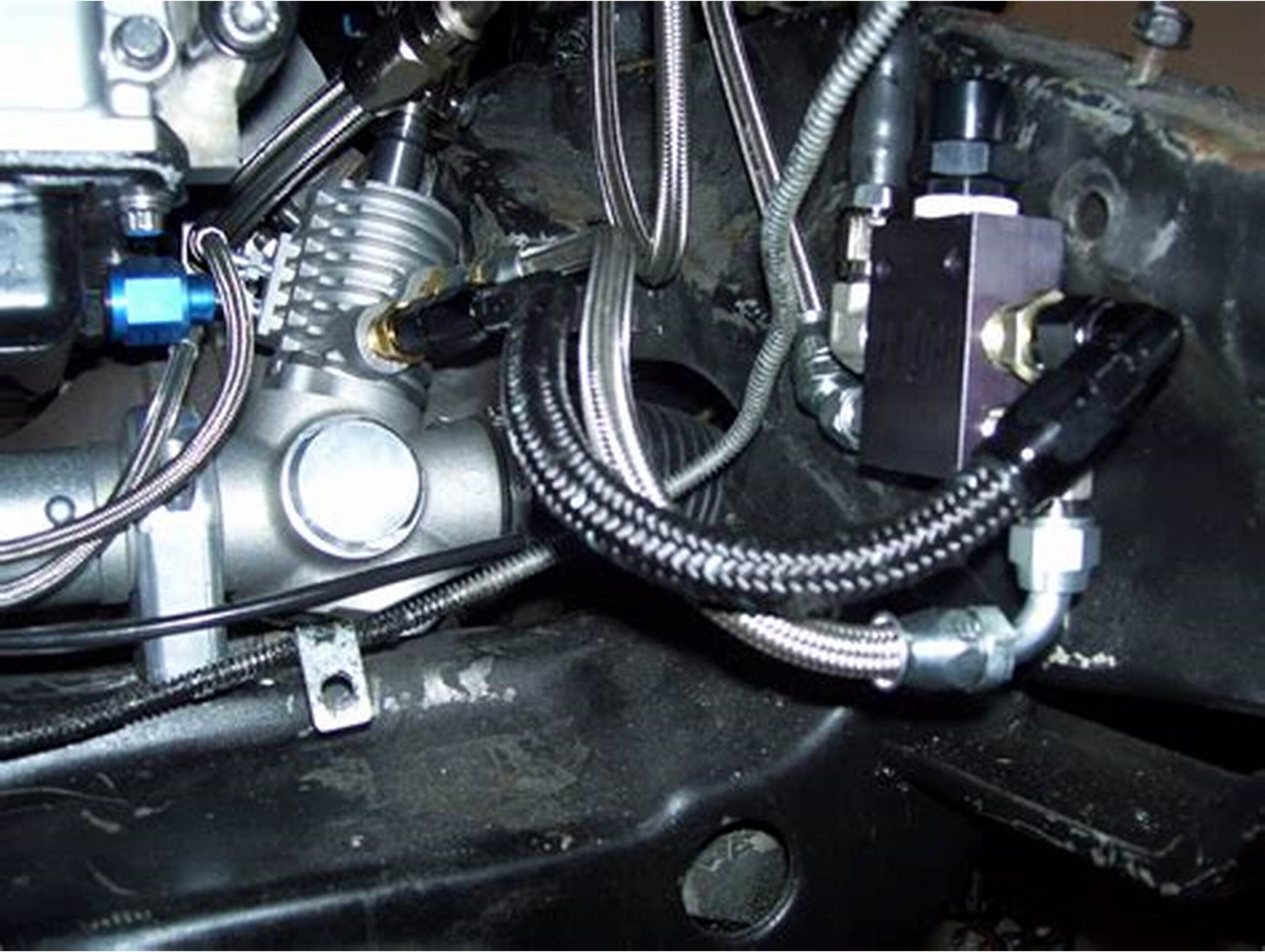
2. Damaged Piping
The system includes piping, which can be either tubs or hoses. Any damage to the piping allows the air to enter the system. It could also cause leakage. Inspect the level in the tank, and if you notice a significant difference in the level, then there could be leakage. The primary cause of leakage is damaged piping.
3. Leaking Seals In Pump Body
A pump is involved in the system that supplies and restricts the amount of fluid flow based on the requirements. The pump body connects the pump and the tank. It has seals and covers that hold the system together. The pressure in the system should be maintained at a specific level for effective functioning. A damaged seal in the pump body could cause leakage and affects the pressure in the system. It is one of the causes of power steering fluid foaming.
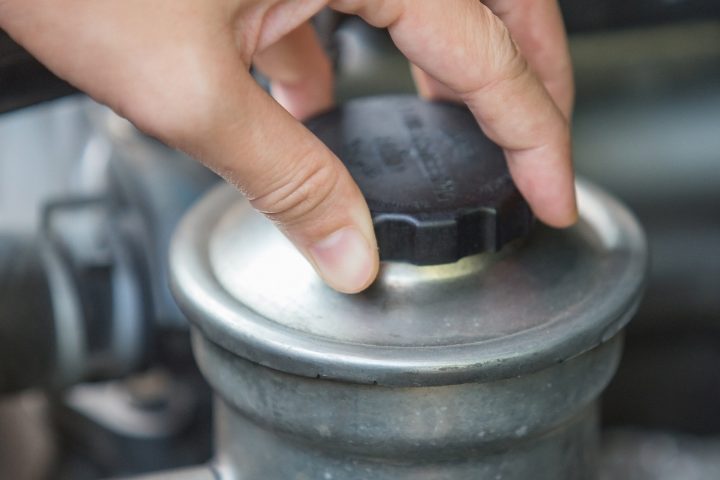
4. Air Inlet
The power steering system is a completely sealed system that functions with the fluid. If air enters the system by any chance, it causes bubbles and foams in the tank. It is necessary to arrest the entry of air and change the fluid for better operation.
These are some common causes of power steering fluid foaming and bubbling, and it should be solved as soon as possible before it affects the functionality of the system.
How To Stop Power Steering Fluid Foaming?
Inspection of the system is essential to find the cause of foaming. It is the entry of air that is disturbing the course, but you should find the entry point so that the part alone can be replaced. The following steps might help you to fix the problem. The steering system is located under the car, and it involves a lot of mechanisms. It is better to hire a professional to do the task.
1. Primary Inspection
Check all the connections, like seals, clips, and joints in the system, and assure if it is connected correctly and tightly. Then check the pipes for leakage and also the level of fluid in the tank. Inspect if the pump is working correctly or not. These are some preliminary inspections that you should do identify the cause of the problem.
2. Arrest Entry Of Air
If you find any leaks or opening that allows the air into the system, then arrest the opening to restrict the air entry. The air in the system is the primary reason for foam and bubble formation. Restricting air will solve the issue.
3. Repair Or Replace
If you find the defective part, then it is easy to repair or replace it based on the needs. If you ignore to look into this, then it might get worse and end very badly. Even you might want to replace the entire system to solve the issue.
These are some common steps to be followed to solve any issues and problems in the car. The steering system is one of the complicated systems in the vehicle. It is easy to inspect the components, but it is better to hire a mechanic to resolve it. Please do not engage in the tasks if you do not have specific tools and skills.
How Much It Costs For A Repair?
The cost of repair and replacement varies based on the damage and complication in work. If the problems are solved at its initial stage, then it would not cost much. If the issues are worst, then it would cost more to replace the system.
Frequently asked Questions-
So,here are some of the frequently asked questions about how does a power steering Pump work,why does power steering fluid have air bubbles?-
How Does A Power Steering Pump Work?
The power steering pump, which is driven off of the engine by a belt, pressurizes the power steering fluid and sends that fluid to the power steering gear. When the pressurized fluid acts on the gear, it makes the steering wheel easier to turn for the driver.
What Is Power Steering Fluid And How Does It Work?
The power steering system is a completely sealed system that functions with the fluid. If air enters the system by any chance, it causes bubbles and foams in the tank. It is necessary to arrest the entry of air and change the fluid for better operation.
How Do You Stop Power Steering Fluid From Foaming?
The only way to stop the power steering fluid from foaming is to ensure that air cannot enter through any part of the system. While the pump and the seals might malfunction, allowing air to get sucked into the reservoir, there might also be problems with the pipework.
What To Do If There Is Air In The Power Steering?
Why Does My Power Steering Fluid Have Air Bubbles?
Conclusion
Check your power steering fluid reservoir from time to time so that you can notice if there are any issues. If it is foaming or bubbling, then there is an issue with the system. Replace the fluid and check if the problem persists. Steering is the essential activity that controls the vehicle, so it should function properly.
Follow us to know more about similar problems and contents. If you have any advice or suggestion, or queries, please let us know in the comment section below.


